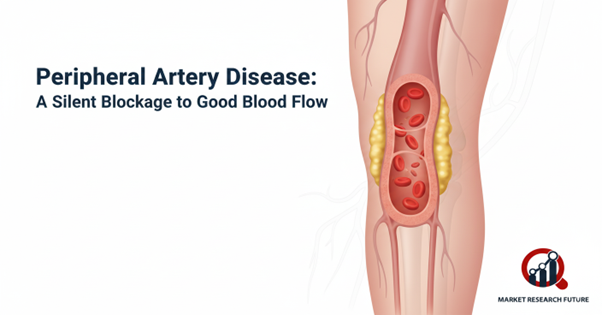Wonder what’s happening in the Peripheral Artery Disease space right now?

Comprehending Peripheral Artery Disease
Peripheral artery disease (PAD) is a serious illness that makes the body's larger blood vessels narrower and stops blood flow. When arteries get tight, the body has a hard time getting oxygen-rich blood to muscles and organs. This can cause pain, tiredness, and even tissue damage in severe cases. Smoking and diabetes are still the most common causes, but modern lifestyles that involve sitting around a lot and eating poorly are also becoming more common.
Who Is in Danger?
People over 60 are most likely to get PAD, but it's not just an age thing anymore. People who have high blood pressure, diabetes, or a family history of vascular diseases are more likely to get them. People who don't smoke can still get PAD if they don't exercise enough, drink too much alcohol, or eat a lot of saturated fats and refined sugars.
Knowing the Signs of Danger
Symptoms often start off slowly, like leg pain while walking, heavy muscles, or tiredness during exercise. As the disease gets worse, people may get cramps, ulcers on their feet or ankles, and wounds that take a long time to heal. People often think these symptoms are caused by getting older, which slows down the right diagnosis and treatment.
How to Live and Manage
Finding it early is very important. Fortunately, lifestyle changes and medical help can help people with PAD live better lives. The first things you need to do are to quit smoking, eat a balanced diet that includes a lot of fruits, vegetables, and whole grains, and get regular exercise. Doctors may suggest drugs like statins to help blood flow and stop damage to the arteries.
The Next Step
As more people learn about PAD in 2025, the focus has shifted to taking charge of their own health. Putting vascular health first by getting regular checkups, eating mindfully, and exercising regularly can have a big impact on lowering the long-term effects of this condition that is often ignored.

Leave a Comment